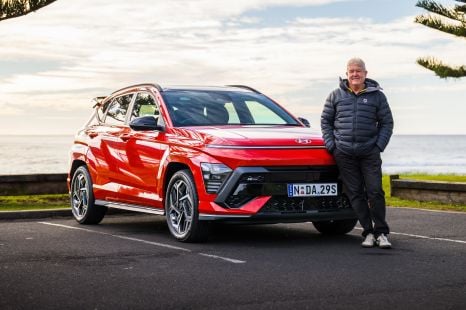

Anthony Crawford
Hyundai Kona N Line: Redefining small SUVs
3 Months Ago

Contributor
The 2025 BYD Seal has been unveiled in China, bringing more power and a wider range of technology – but reduced driving range – to one of the best-selling electric vehicles (EVs) in Australia.
Updated just over two years after it launched in its home market, the BYD Seal looks almost identical to before, apart from a prominent LiDAR sensor on its roof, enhancing the capabilities of its semi-autonomous driving systems.
CarExpert has contacted BYD to find out when we can expect the new Seal in local showrooms.
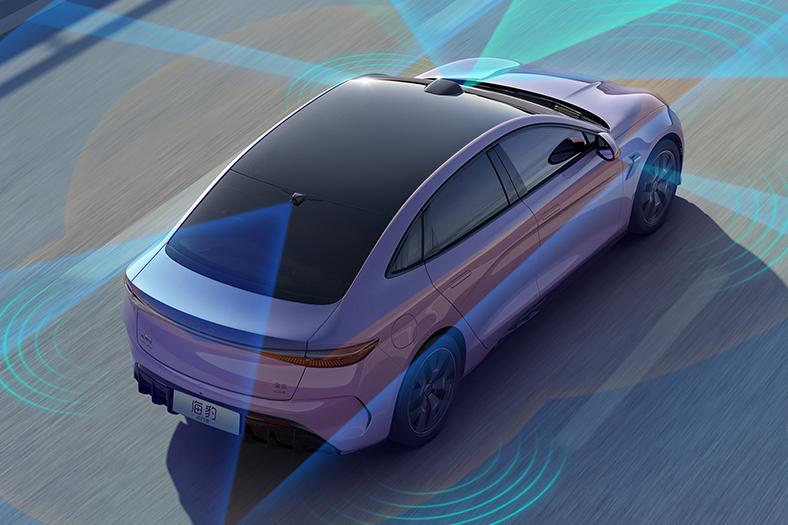
While its exterior appearance is largely unchanged, CarNewsChinareports there have been significant tweaks under the skin, with the Seal now riding on BYD’s e-Platform 3.0 Evo architecture, rather than the non-Evo platform of the current model.
This means it now supports 800V systems, instead of the existing 400V limitations from its pre-update predecessor.
The higher-power platform also now features BYD’s Disus-C body control system, improving both comfort and handling, with four-wheel drive examples gaining more advanced electronic dampers.

BYD’s entry-level Seal has stepped up from a 150kW/310Nm rear motor to the more powerful 170kW/330Nm unit from the China-only Prestige variant, which hasn’t been offered in Australia.
Extended Range and Performance grades retain their respective 230kW/360Nm and 390kW/670Nm outputs.
Curiously, the BYD Seal’s largest Blade battery pack – available in all variants bar the base model – has been reduced in size, falling from 82.5kWh to 80.6kWh, while the entry-level variant retains its 61.4kWh pack.
These battery and motor changes have reportedly led to an overall reduction in driving range, with the base variant dropping from 550km to 510km, and the Extended Range being cut from 700km to 650km. These figures are on China’s lenient CLTC lab test cycle.
In Australia, the current Seal has a WLTP driving range of 460km to 570km.
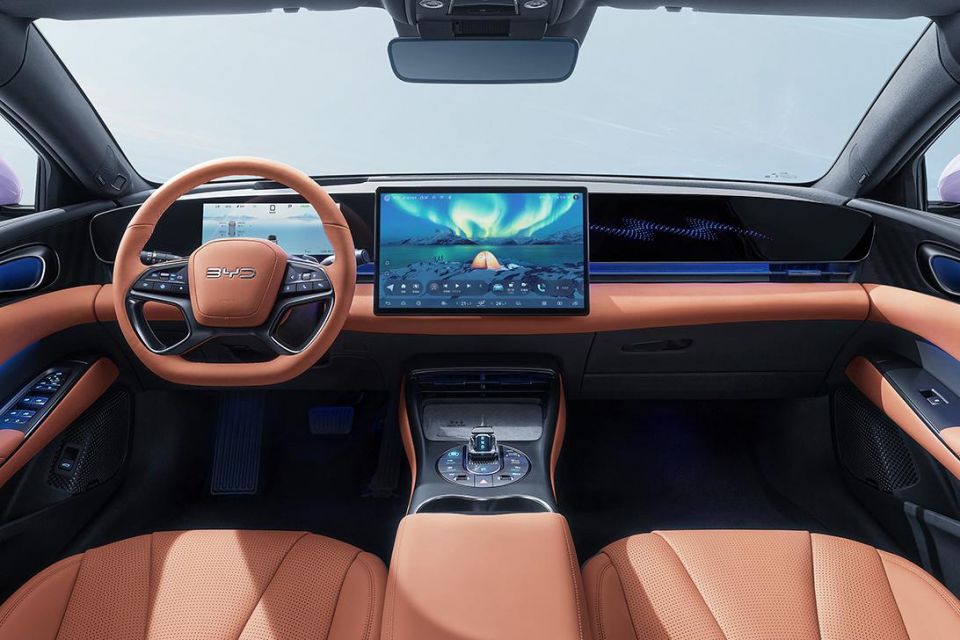
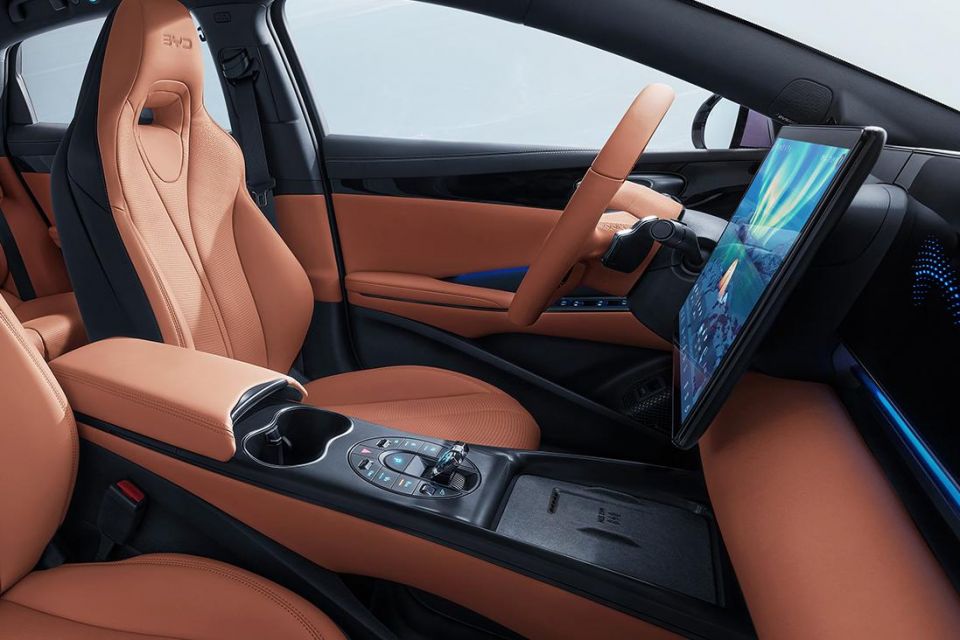
As reported earlier this week, BYD has also made some changes to the Seal’s interior. It now has a four-spoke steering wheel, the dashboard air vents have been concealed, and there’s a dash-width screen incorporating a digital instrument cluster and a wave pattern graphic in front of the passenger.
All variants now get a head-up display and 13 airbags, while a new Coral Orange upholstery colour is available teamed with re-patterned seats.
With the new LiDAR sensor on the roof, drivers can now access better assistance tech, with CarNewsChina reporting the Seal’s semi-autonomous highway driving system has been improved.
Despite the changes, it appears the Seal has received a price reduction in China, now starting from 175,800 Yuan ($37,220) and topping out at 239,800 Yuan ($50,770), representing decreases of 4000 Yuan ($850) to 10,000 Yuan ($2120).
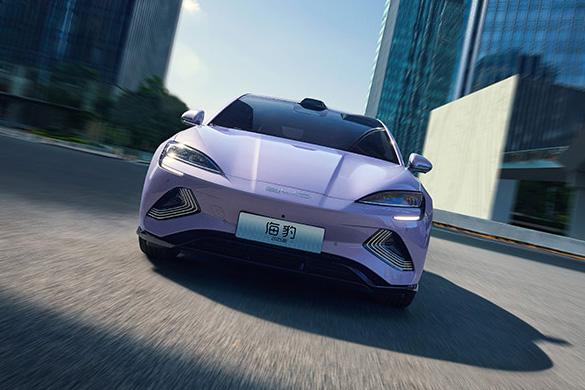
In Australia, the BYD Seal is priced from $49,888 before on-road costs for the base Dynamic, $55,798 before on-roads for the Premium, and $65,748 before on-roads for the flagship Performance.
The BYD Seal is Australia’s third best-selling EV, with 4662 deliveries of the sedan to local customers between January and July 2024.
It still trails the Tesla Model 3 by a wide margin, with its electric sedan rival racking up 13,539 deliveries across the same period.
MORE: Everything BYD Seal MORE: 2025 BYD Seal update bringing interior overhaul
Where expert car reviews meet expert car buying – CarExpert gives you trusted advice, personalised service and real savings on your next new car.
Born and raised in Canberra, Jordan has worked as a full-time automotive journalist since 2021, being one of the most-published automotive news writers in Australia before joining CarExpert in 2024.


Anthony Crawford
3 Months Ago
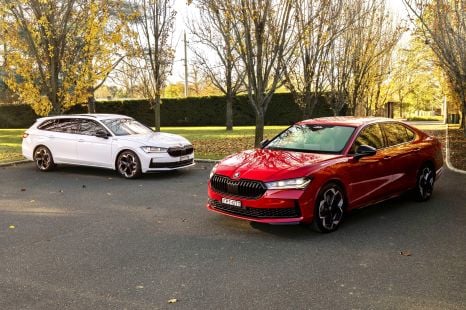

Max Davies
3 Months Ago
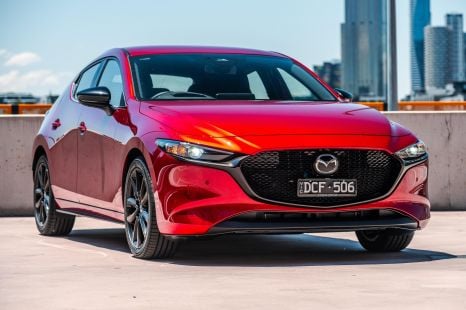

Josh Nevett
2 Months Ago


Josh Nevett
2 Months Ago


James Wong
2 Months Ago


Paul Maric
12 Days Ago